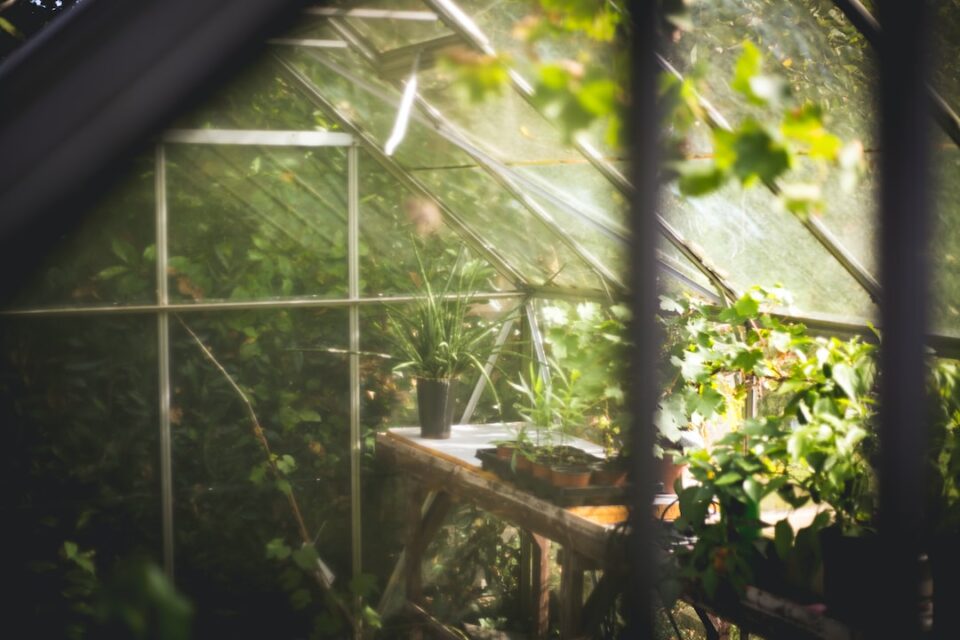Plant Propagation Techniques: The Secrets to Growing from Seeds
Growing plants from seeds can be a highly rewarding experience for gardeners of all levels. Not only does it allow you to save money, but it also gives you control over the entire life cycle of your plants. Whether you are a beginner or a seasoned horticulturist, understanding the basics of plant propagation techniques can help you unlock the secrets to successful seed germination and growth. In this blog post, we will uncover the tricks of the trade and share our expert tips on how to grow plants from seeds.
1. Start with Good Seed Selection:
The first step in successful plant propagation is choosing the right seeds. Look for fresh, high-quality seeds from reputable sources to ensure better germination rates. Avoid using old or expired seeds as they may have reduced viability and may not produce healthy plants. If you have collected seeds from your garden, make sure to dry them properly before storing them in a cool and dry place.
2. Prepare the Soil:
Creating the ideal growing environment for your seeds is crucial for their successful germination. Start by preparing a well-draining and fertile soil mix. You can use a mix of garden soil, compost, and perlite to improve drainage and root development. Ensure that the soil is loose and free of any weeds or debris that may hinder the growth of your young plants.
3. Sow Seeds at the Right Depth:
Different plant species have different requirements when it comes to the depth at which their seeds should be sown. As a general rule, small seeds should be sown shallowly, barely covered with soil, while larger seeds can be sown deeper. It’s essential to read the seed packet or do some quick research to determine the optimal sowing depth for each plant variety.
4. Provide Optimum Temperature and Moisture:
Maintaining the right temperature and moisture levels for your seeds is critical for germination. Most seeds require a warm and moist environment to sprout successfully. You can use a propagator, a greenhouse, or even a simple plastic bag to create a mini greenhouse effect and ensure constant warmth and moisture. Regularly check the moisture levels and provide water as needed, ensuring you don’t overwater as it can lead to rot.
5. Use Natural Light or Artificial Lighting:
Light is essential for seed germination and early growth. While some seeds require direct sunlight to sprout, others may prefer diffused or indirect light. Make sure to place your seed trays in a bright location or provide artificial lighting if needed. LED grow lights are a great option as they provide the right spectrum and intensity of light for healthy plant growth.
6. Practice Regular Thinning and Transplanting:
Once your seeds have germinated and produced their first set of true leaves, it’s time to thin them out and transplant them into individual pots or containers. Thinning allows the remaining seedlings to grow without competing for resources. Gently lift the seedlings from the soil, taking care not to damage the delicate roots, and transplant them into larger pots filled with nutrient-rich soil.
7. Harden Off Before Transplanting Outdoors:
Before moving your seedlings outdoors, it’s essential to harden them off gradually. This means exposing them to outdoor conditions, such as fluctuating temperatures and increased sunlight, for a few hours each day over the course of a week or two. Hardening off strengthens the young plants, preparing them for the harsher environment in the garden.
8. Protect Seedlings from Pests and Diseases:
Young seedlings are vulnerable to attacks from pests and diseases. To protect them, keep a close eye for signs of trouble, such as insect damage or fungal infections. Promptly address any issues by using organic pest control methods or appropriate fungicides. Regularly inspecting your plants and maintaining good hygiene practices in your garden can prevent many problems before they occur.
Growing plants from seeds is a fascinating process that allows you to witness the miraculous journey of life from the very beginning. By following these propagation techniques, you can increase your chances of success and enjoy the satisfaction of nurturing your own plants from seeds. Remember to be patient, allow nature to do its work, and keep experimenting with different plant species to expand your horticultural skills. Happy gardening!

